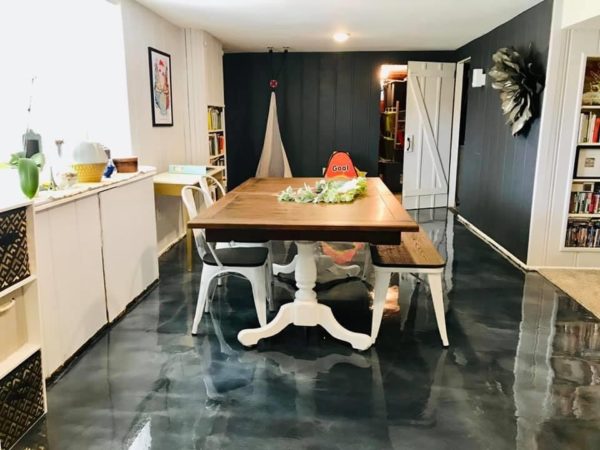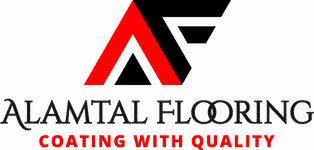 There is an enduring myth that polyaspartic coating is not suitable for application in working kitchens. The idea is that the surface becomes slippery when exposed to water and other liquid spills. In a high paced environment, this is a liability concern for businesses.
There is an enduring myth that polyaspartic coating is not suitable for application in working kitchens. The idea is that the surface becomes slippery when exposed to water and other liquid spills. In a high paced environment, this is a liability concern for businesses.
While it is true that an application of polyaspartic coating can create a potentially slippery surface, there are ways of customizing the application. Kitchens can benefit from superior flooring without the risk of creating a hazardous working environment.
Creating Traction for Kitchen Floors
As a coating, polyaspartic is incredibly versatile. Certain additives will create a surface with increased traction. Essentially, the polyaspartic coating becomes slip-resistant and is therefore suitable for kitchen application. A course finish is achieved when the coating is being applied.
Vinyl color flakes and slip-resistant aggregate are just some of the additives that change the traction of polyaspartic coating. The process involves spreading the additives throughout the application to promote slip-resistance. A specialist contractor can ensure that the finish is specifically designed to handle liquid spills.
Cleaning Polyaspartic Coating
One of the benefits of using polyaspartic coating in kitchens is the ease of cleaning. The surface is non-porous, resistant to harsh chemicals and heat. For busy restaurants, polyaspartic is ideal for both kitchens and dining areas. The additives used to achieve slip-resistance can also improve the aesthetics of the application.
Kitchen workers can use non-abrasive cleaners on polyaspartic coating. The application is very low when it comes to the release of VOCs, which significantly reduces the risk of toxic substance release. If your business needs a quick and effective application for flooring, polyaspartic coating is worth considering.
If you have further questions about the benefits of polyaspartic coating for catering and hospitality applications, call the offices of Alamtal Flooring today!



